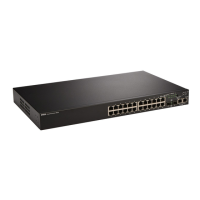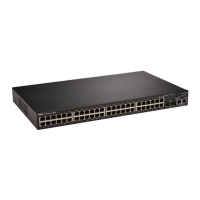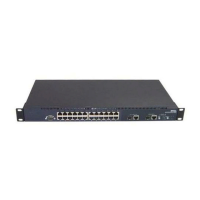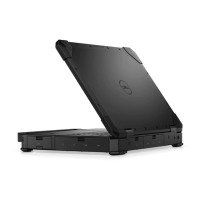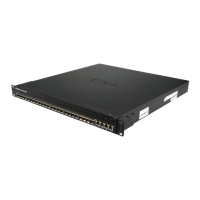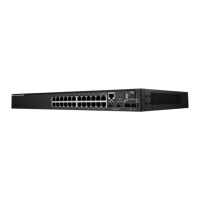Introduction 25
802.1ab (LLDP-MED)
The Link Layer Discovery Protocol (LLDP) allows network managers to troubleshoot and enhance
network management by discovering and maintaining network topologies over multi-vendor
environments. LLDP discovers network neighbors by standardizing methods for network devices to
advertise themselves to other systems, and to store discovered information. The multiple advertisement
sets are sent in the packet Type Length Value (TLV) field. LLDP devices must support chassis and port
ID advertisement, as well as system name, system ID, system description, and system capability
advertisements.
LLDP Media Endpoint Discovery (LLDP-MED) increases network flexibility by allowing different
IP systems to co-exist on a single network LLDP. It provides detailed network topology information,
emergency call service via IP Phone location information, and troubleshooting information.
Security Features
SSL
Secure Socket Layer (SSL) is an application-level protocol that enables secure transactions of data
through privacy, authentication, and data integrity. It relies upon certificates and public and private keys.
Port Based Authentication (802.1x)
Port based authentication enables authenticating system users on a per-port basis via an external server.
Only authenticated and approved system users can transmit and receive data. Ports are authenticated via
the Remote Authentication Dial In User Service (RADIUS) server using the Extensible Authentication
Protocol (EAP). Dynamic VLAN Assignment (DVA) allows network administrators to automatically
assign users to VLANs during the RADIUS server authentication.
For more information, see "Port Based Authentication."
Locked Port Support
Locked Port increases network security by limiting access on a specific port only to users with specific
MAC addresses. These addresses are either manually defined or learned on that port. When a frame is
seen on a locked port, and the frame source MAC address is not tied to that port, the protection
mechanism is invoked.
For more information, see "Configuring Port Security."
RADIUS Client
RADIUS is a client/server-based protocol. A RADIUS server maintains a user database, which contains
per-user authentication information, such as user name, password and accounting information.
For more information, see "Configuring RADIUS Settings."
